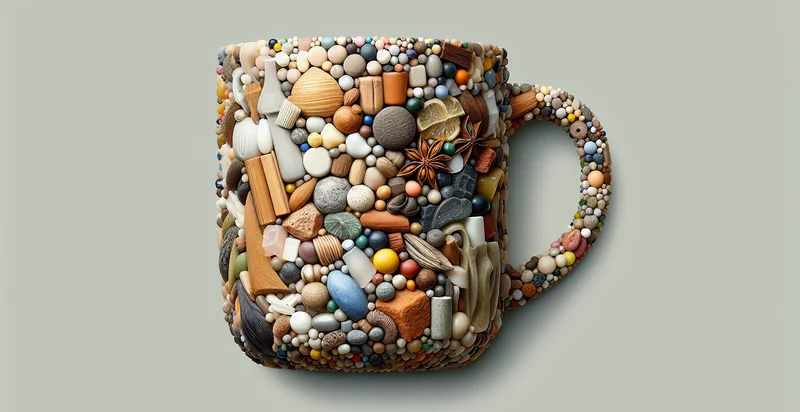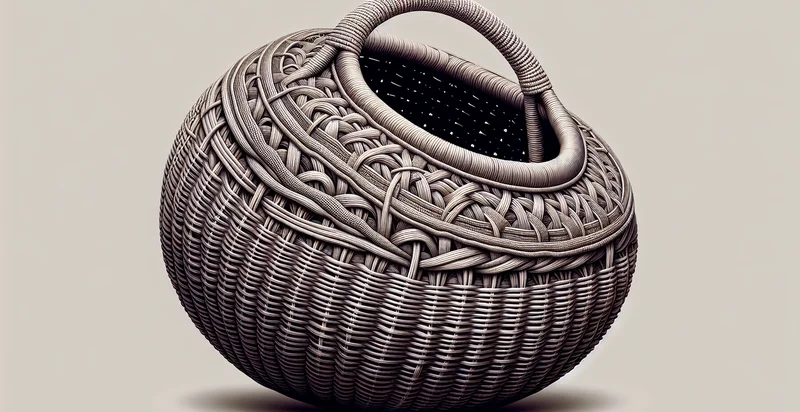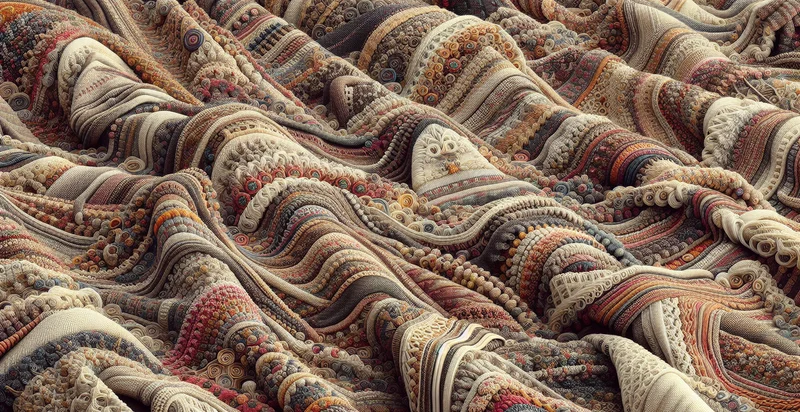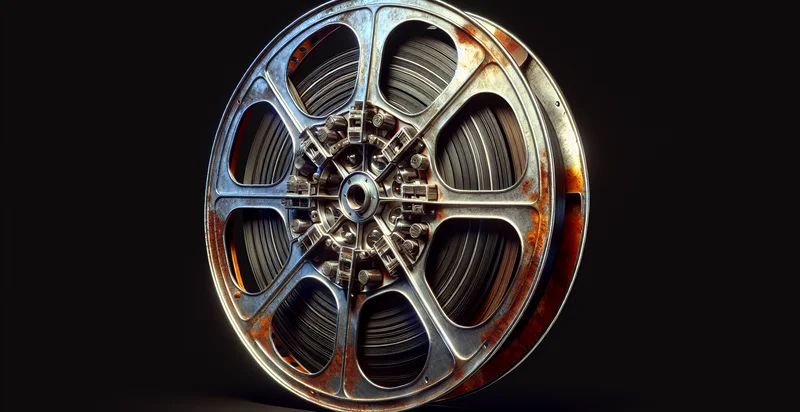Identify what material a mug is made from
using AI
Below is a free classifier to identify what material a mug is made from. Just upload your image, and our AI will predict what material a mug is made from - in just seconds.

Contact us for API access
Or, use Nyckel to build highly-accurate custom classifiers in just minutes. No PhD required.
Get started
import nyckel
credentials = nyckel.Credentials("YOUR_CLIENT_ID", "YOUR_CLIENT_SECRET")
nyckel.invoke("what-material-a-mug-is-made-from", "your_image_url", credentials)
fetch('https://www.nyckel.com/v1/functions/what-material-a-mug-is-made-from/invoke', {
method: 'POST',
headers: {
'Authorization': 'Bearer ' + 'YOUR_BEARER_TOKEN',
'Content-Type': 'application/json',
},
body: JSON.stringify(
{"data": "your_image_url"}
)
})
.then(response => response.json())
.then(data => console.log(data));
curl -X POST \
-H "Content-Type: application/json" \
-H "Authorization: Bearer YOUR_BEARER_TOKEN" \
-d '{"data": "your_image_url"}' \
https://www.nyckel.com/v1/functions/what-material-a-mug-is-made-from/invoke
How this classifier works
To start, upload your image. Our AI tool will then predict what material a mug is made from.
This pretrained image model uses a Nyckel-created dataset and has 20 labels, including Acrylic, Bamboo, Bone China, Ceramic, Clay, Copper, Enamel, Fiberglass, Glass and Melamine.
We'll also show a confidence score (the higher the number, the more confident the AI model is around what material a mug is made from).
Whether you're just curious or building what material a mug is made from detection into your application, we hope our classifier proves helpful.
Related Classifiers
Need to identify what material a mug is made from at scale?
Get API or Zapier access to this classifier for free. It's perfect for:
- E-commerce Product Verification: This function can be utilized by online retailers to automatically verify the material of mugs listed in their inventory. By ensuring accurate material classification, the platform can reduce return rates due to incorrect product descriptions, leading to improved customer satisfaction.
- Quality Control in Manufacturing: Manufacturers can implement this image classification function in their quality assurance processes to confirm that the correct materials are being used for mug production. This helps maintain product consistency and adherence to industry standards, reducing waste and rework.
- Inventory Management Optimization: Retailers can leverage this function to streamline inventory management by identifying and categorizing mugs based on their materials. This aids in stock organization and assists in targeted marketing strategies based on material-specific consumer preferences.
- Eco-friendly Product Promotion: Companies committed to sustainability can use this function to specifically classify and promote eco-friendly mugs made from biodegradable materials. By highlighting these products, businesses can attract environmentally conscious consumers and enhance their corporate social responsibility initiatives.
- Consumer Education and Transparency: Brands can use the image classification tool to educate consumers about the materials used in their mugs. By providing detailed insights into the characteristics and benefits of different materials, businesses foster transparency and trust among customers.
- Custom Mug Design Platforms: Online platforms that allow users to design and order custom mugs can utilize this function to identify the materials available for customization. This ensures that users select materials compatible with their design specifications, enhancing the overall user experience.
- Market Analysis and Trend Prediction: Analysts can use this image classification function to compile data on the prevalence of different mug materials in the market. By understanding material trends, businesses can make informed decisions about product development and marketing strategies to stay ahead of the competition.


